Pakistanis Draw a Line Against Guns: We Will Not Dance to War Drums
A small but persistent group in Pakistan—fed up with firearm violence among the populace—challenges a deeply ingrained gun culture.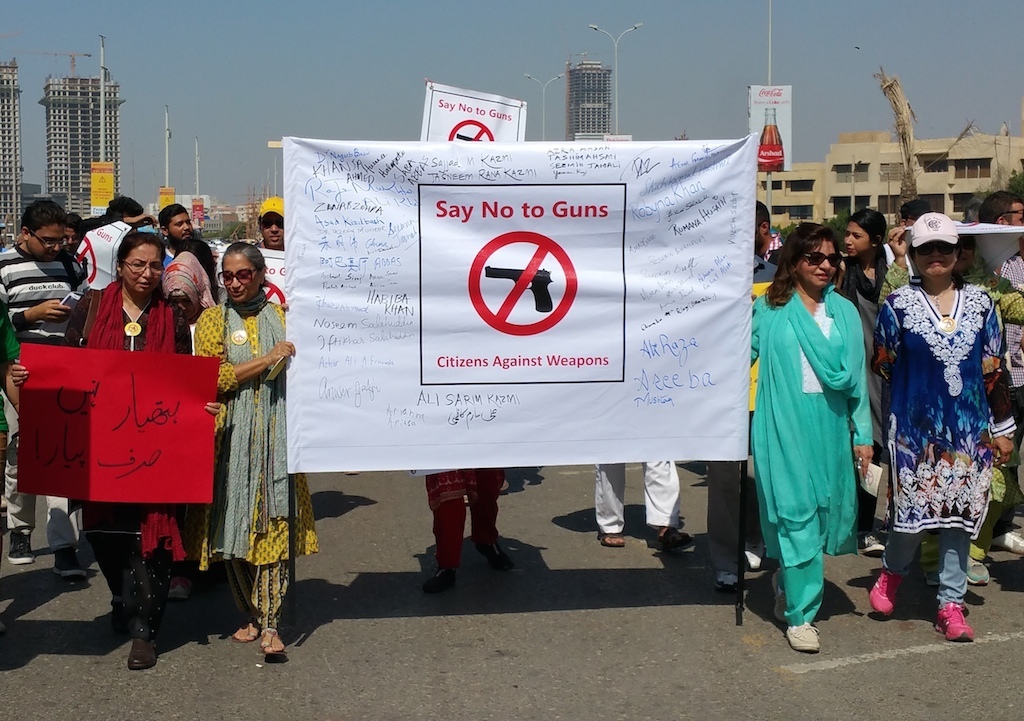 Citizens Against Weapons members march in an anti-guns walk-a-thon in Pakistan in 2016. (CAW)
Citizens Against Weapons members march in an anti-guns walk-a-thon in Pakistan in 2016. (CAW)
In 2013, my friend, Perveen Rehman, a popular, soft-spoken development worker, was gunned down in Pakistan’s southern port city of Karachi. She was shot in the neck three times as she returned home from work. The same year, according to media reports, approximately 2,789 people were also killed in the city. Although it’s difficult to obtain accurate figures on the cause of these deaths, it appears that many were the result of gun violence.
In addition to Perveen, two other people I knew were killed that year. Two years later, we lost Sabeen Mahmud, a social activist. She fell victim to armed extremists who wanted to silence her outspokenness.
The high rate of fatalities due to the widespread prevalence of guns has earned Karachi the notorious reputation of being one of the “least safe” cities in the world. Mercifully, the number of killings has declined in the past few years due to a crackdown by law enforcement agencies. However, the gun culture in Pakistan continues to thrive, a result, in part, of its foolish decision in 1979 to play the American proxy in Afghanistan. That opened the floodgates to heroin and Kalashnikovs, which quickly led to the gun violence we contend with today.
Before Pakistan’s involvement in the Soviet-Afghan war, Karachi was a peaceful city. So how did citizens react to this about-face regarding the security situation? Most turned despondent and grew fearful. Given the government’s failure to provide protection, citizens adjusted their lifestyles to ensure maximum protection for themselves and their families by purchasing guns. But a few brave souls chose not to take the situation lying down. One of them is Naeem Sadiq, an industrial engineer who is also engaged in research and activism to promote social causes. About 15 years ago, he started looking into what he calls “the disease of uncontrolled burgeoning weapons that were being used in crime and militancy.”
Sadiq concedes that every society has its share of conflicts and differences. What worries him is the fact that “the ready availability of weapons shrinks the space for dialogue and people tend to pull out a gun to seek a quick solution.”
He is right. Lives have been lost due to petty street crimes. But what should prompt one to ponder the gravity of the situation is that weapons have become tools for people to give vent to anger and frustration. Incidents have been reported, for instance, of a driver pulling out a gun and shooting another driver who dared to overtake the vehicle of the first. Similarly, jilted suitors have been known to use guns to teach their beloveds a lesson for turning down marriage proposals.
Initially, Sadiq expressed his concerns in letters-to-the-editor columns in newspapers and in passionate discussions with friends. Most of them dismissed the issue as being beyond the control of ordinary citizens. But not Sadiq. As his circle of like-minded friends grew, he founded Citizens Against Weapons (CAW).
Formed about five years ago, the group’s members believe that Pakistan should be a peaceful, tolerant and weapon-free society. “The group has a few simple rules. CAW has no hierarchy, no funding from any source, no formal office or registration and complete equality and openness,” Sadiq says. “Any citizen who is committed to peace, tolerance and deweaponization is welcome to participate as an equal partner in this struggle.”
Today, 100 distinguished citizens and 13 prominent organizations—including the Human Rights Commission of Pakistan, Shehri, Citizen-Police Liaison Committee, Tehrik-e-Niswan, Pakistan Medical Association and the Pakistan Institute of Labour Education and Research—have endorsed CAW’s charter. Twenty members meet regularly to discuss strategy for creating public awareness and act as an advocacy group to lobby with the government.
CAW recently held a seminar in which civil-society members raised their concerns to draw public attention to the issues of peace and deweaponization. According to Sadiq, CAW’s agenda includes a complete ban on the issuance of all gun licences and a demand that weapons owned by private militias be eliminated under a surrender and buy-back scheme. This was proposed by the hosts and endorsed by the audience.
Lawyers involved in CAW are advocating public interest litigation. Since 2007, when former President and military ruler Pervez Musharraf dismissed the Chief Justice of Pakistan and lawyers rallied to have him reinstated, the courts have become active in redressing many wrongs that are inflicted on the people—hence this suggestion by the CAW’s lawyers.
Sadiq, who has campaigned against weapons for years, believes that gun licenses in Pakistan are “a racket.”
“Every gun license issued in the country has been issued without a single mandatory verification or test,” he claims. “There is no requirement for a training session, to attend a shooting range class or to pass a written test. The only criteria to obtain a gun license are status, power, influence and bribe.” The application form for a gun license testifies to that and gives limitless discretion to the bureaucracy, which explains why it is easy for unscrupulous men to buy a gun and hire an assassin for a few hundred thousand rupees to eliminate a rival.
Power and guns go hand in hand. People blatantly display guns to demonstrate their status. Most political parties have armed wings, and in November, an extremist religious party succeeded in holding the government hostage to its demands by blocking access to Islamabad, the capital of the country, for three weeks.
The CAW seminar drove home how guns affect Pakistan’s citizens. Dr. Seemi Jamali, executive director of one of Karachi’s major public sector hospitals, explained that an average of five or six gunshot patients are brought to her institution daily.
Those responsible for tending to the wounded are also at risk. There have been periods in the city’s history when doctors have been targeted by armed militants to create panic. From 1990 to 2004 and from 2010 to 2014, 140 health practitioners were killed in Karachi. At the seminar, the secretary-general of the Pakistan Medical Association said that these losses passed without comment by the government until the doctors went on strike. Even then, the compensation the government eventually promised the doctors’ grieving families was never given.
Although CAW demanded at the seminar that gun licenses should not be issued, it is clear that the problem is not licensing or registration alone, but the guns themselves. Pakistan is said to have 20 million guns, of which only 7 million are registered.
Many rightly feel that when a life is lost, it makes no difference whether or not the gun used was licensed. No bereaved person is comforted to know that their loved one was killed by a licensed gun.
At the CAW seminar, the father of a young man—a taxi driver named Ubaidullah Gilani, who was shot dead by unknown assailants—described his painful inability to answer his grandchild’s persistent query: “Who killed abba (father) and why?” Months had passed since Gilani’s death, and the family was still traumatized.
This explains why CAW is averse to any citizen being allowed to carry arms. It wants the government to revoke all the gun licenses previously issued and get people to surrender their firearms—even legally acquired ones. Sadiq believes that gun possession should be the exclusive domain of the state, and that no public display of firearms should be allowed.
To spread the message of deweaponization, CAW members write letters to newspapers, visit schools to talk to students, lobby with legislators and participate in any available public forum. It has held two walks to raise awareness.
At the heart of the problem is a culture that tolerates violence. In a patriarchal society, guns are a macho symbol, a concept CAW is working to change. At the recent seminar, two schoolteachers spoke about children’s fascination with firearms and toy guns and explained how they try to divert their students’ attention to the beauties of nature. Rumana Husain, a CAW member who is trying to mobilize teachers, also points out the importance of persuading toy stores to remove toy guns from their shelves and replace them with more peaceful playthings. As a children’s book author and an ambassador of the Children’s Literature Festival, Husain is working hard to popularize books in order to replace guns as a leisure pastime.
I believe it is also time to introduce peace studies in Pakistan’s schools, colleges and universities. If youths learn about conflict resolution and the destructiveness of war, their attitudes toward guns and violence will begin to change. At present, only four of the nation’s 163 universities offer post-graduate peace programs. (Two, ironically, are owned by the armed forces.)
The seminar’s final word came from Sheema Kermani, a fiery peace activist who has defied military dictatorships in Pakistan with her bold and beautiful dances and choreography. She recited “What I Will,” a poem by Suheir Hammad, a Palestinian-American poet, which should clinch the argument for peace and deweaponization:
Your support matters…I will not dance to your war drum. I will not lend my soul nor my bones to your war drum. I will not dance to your beating. I know that beat. It is lifeless. … I will craft my own drum. Gather my beloved near and our chanting will be dancing. Our humming will be drumming. I will not be played. I will not lend my name nor my rhythm to your beat. I will dance and resist and dance and persist and dance. This heartbeat is louder than death. Your war drum ain’t louder than this breath.
Independent journalism is under threat and overshadowed by heavily funded mainstream media.
You can help level the playing field. Become a member.
Your tax-deductible contribution keeps us digging beneath the headlines to give you thought-provoking, investigative reporting and analysis that unearths what's really happening- without compromise.
Give today to support our courageous, independent journalists.
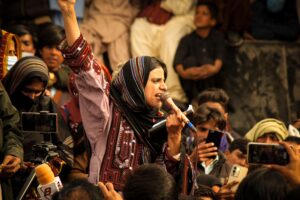
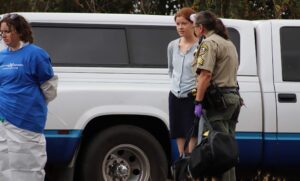

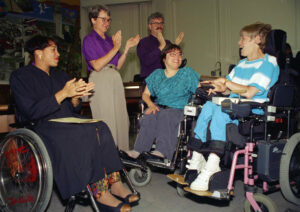
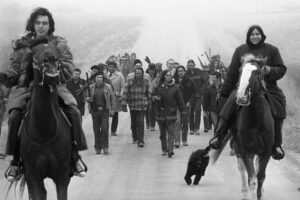
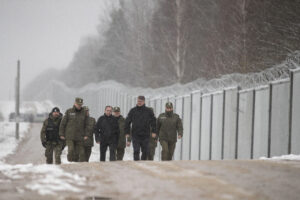


You need to be a supporter to comment.
There are currently no responses to this article.
Be the first to respond.